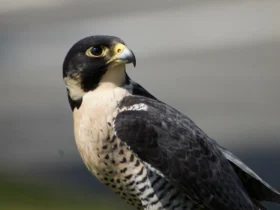Deep within the rugged and awe-inspiring landscapes of the Himalayan region, a splendid bird with radiant colors and a captivating call graces the forests and grasslands—the Cheer Pheasant (Catreus wallichi). This magnificent bird, renowned for its striking appearance and melodious voice, holds a special place in the hearts of birdwatchers and nature enthusiasts alike. As a symbol of the region’s rich biodiversity and natural beauty, the Cheer Pheasant has become a cherished treasure in the avian world. In this article, we explore the captivating world of the Cheer Pheasant, uncovering its appearance, behavior, and significance in the habitats it calls home.
Cheer Pheasant images
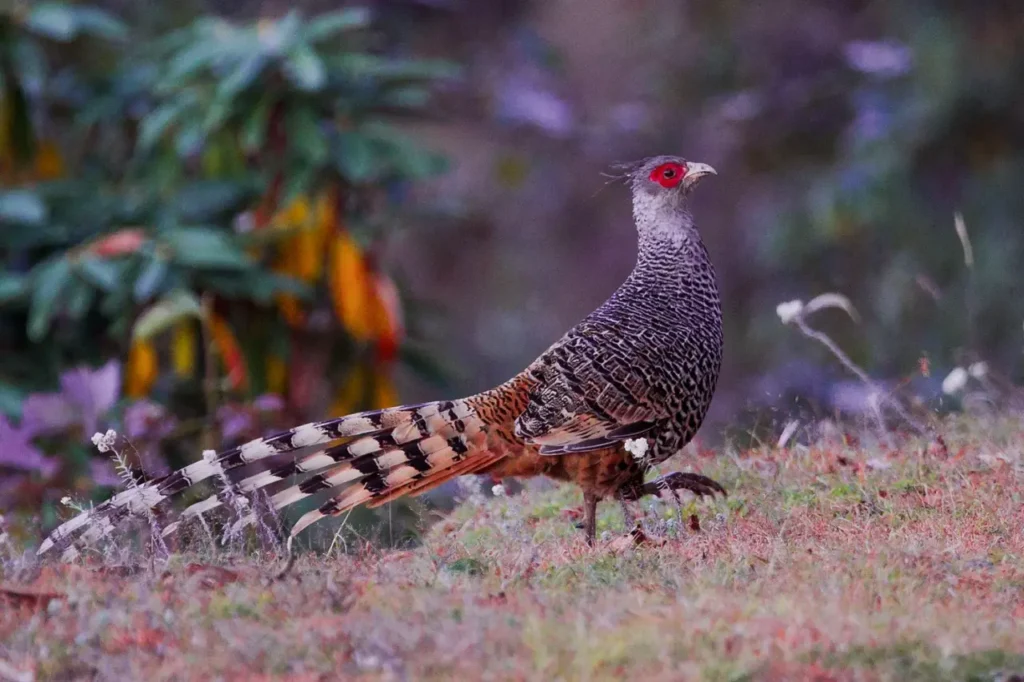
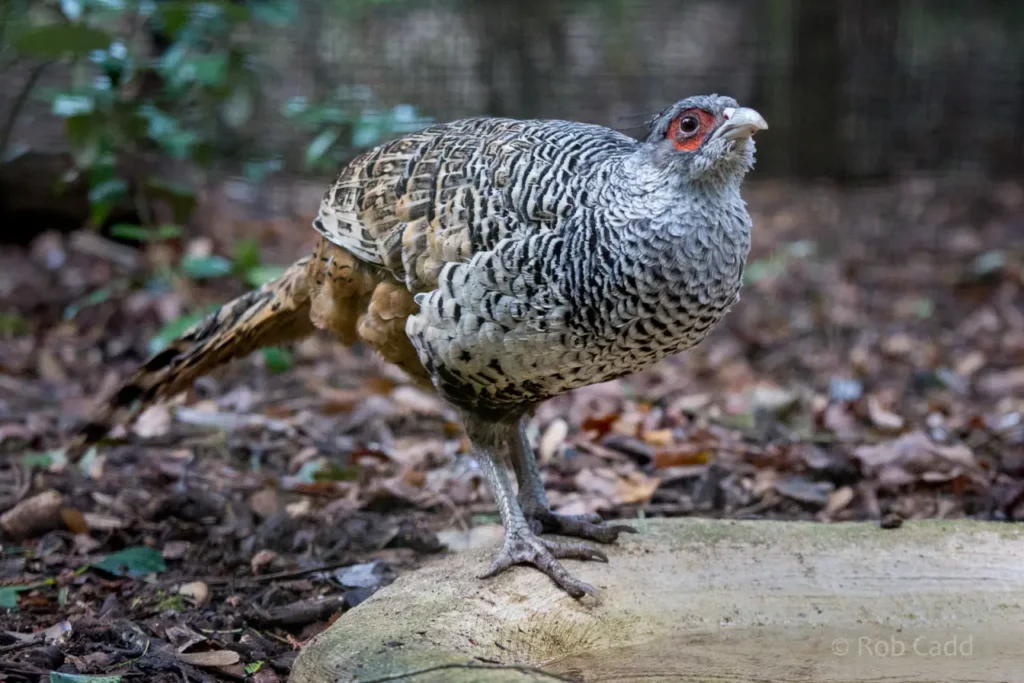
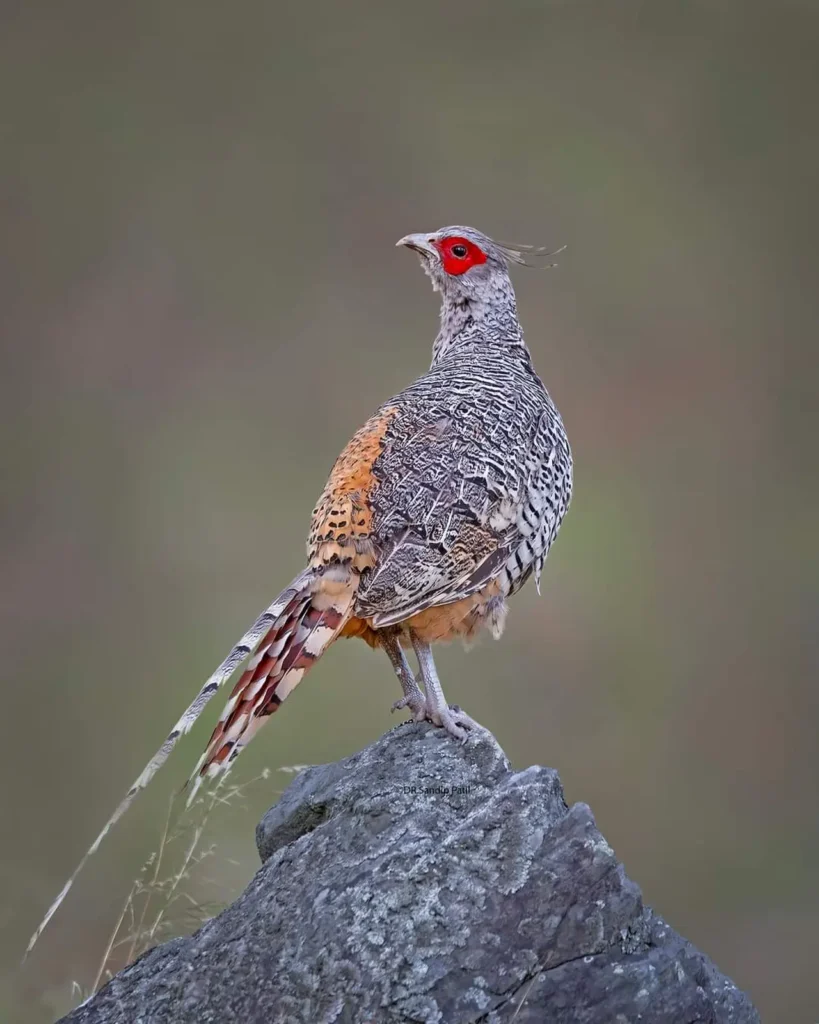
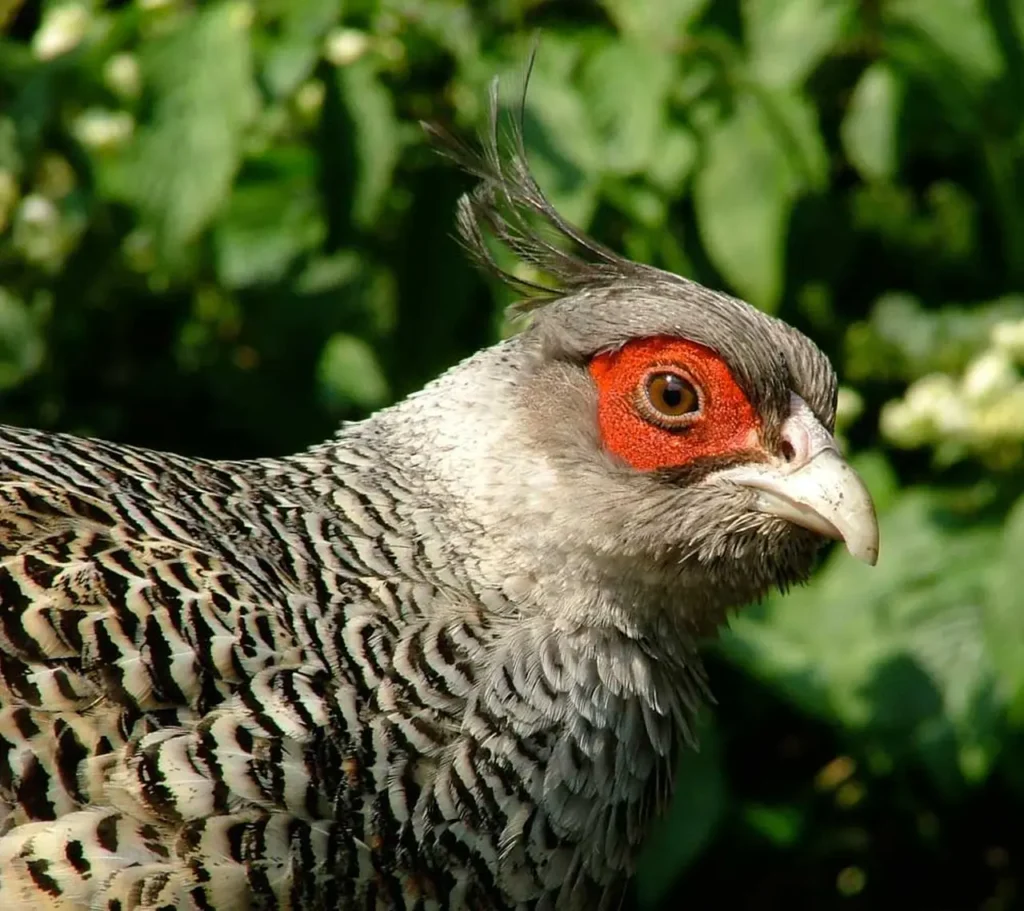
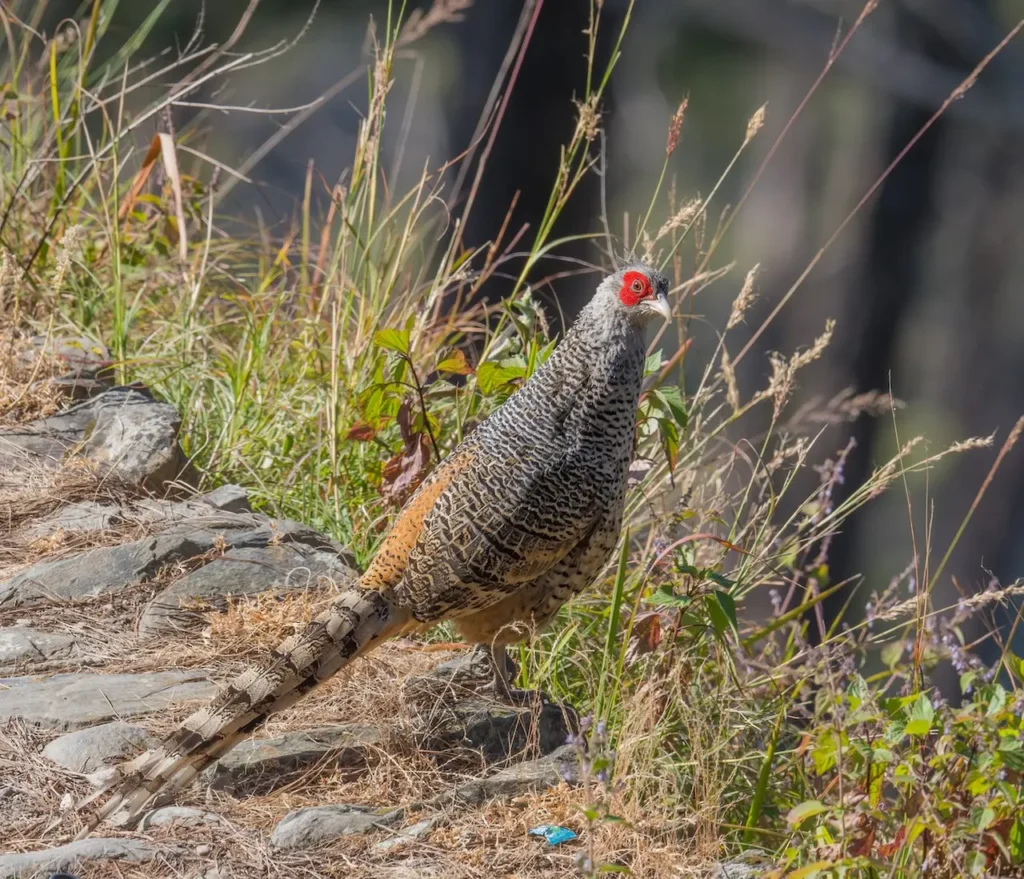
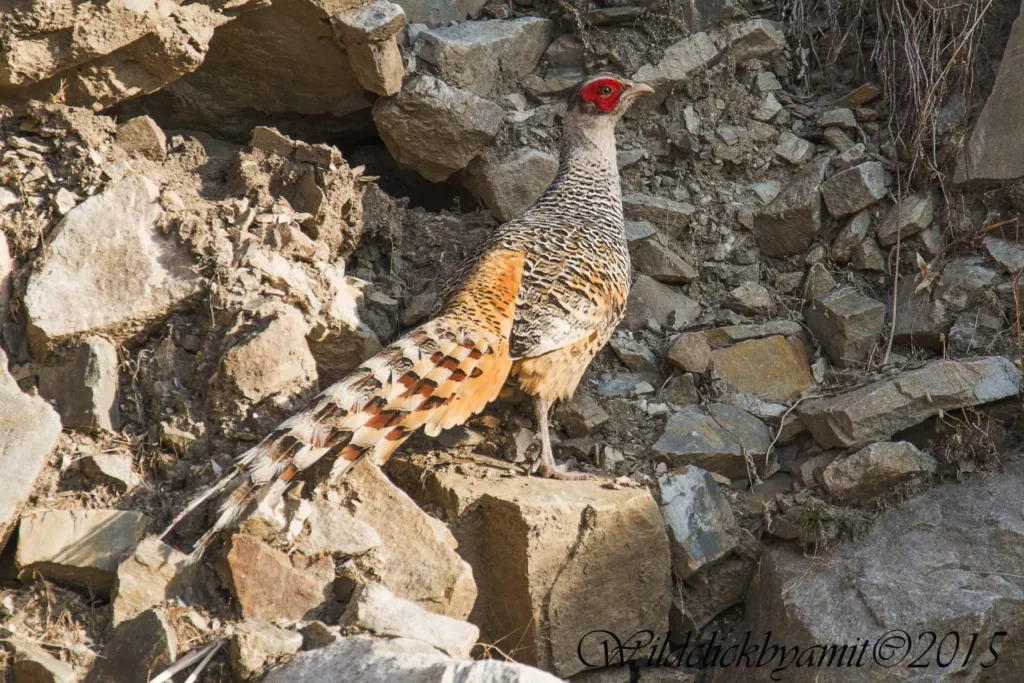
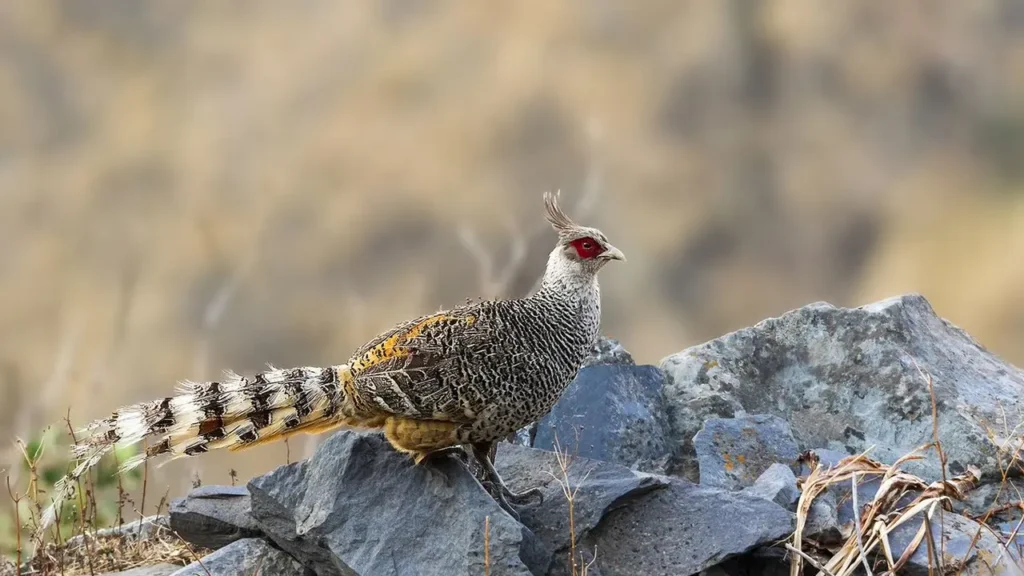
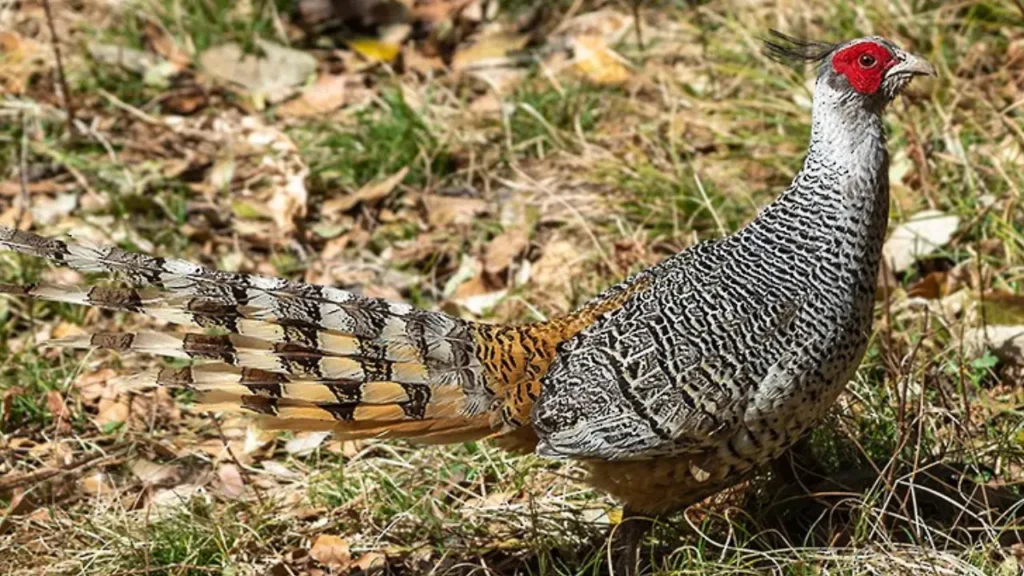
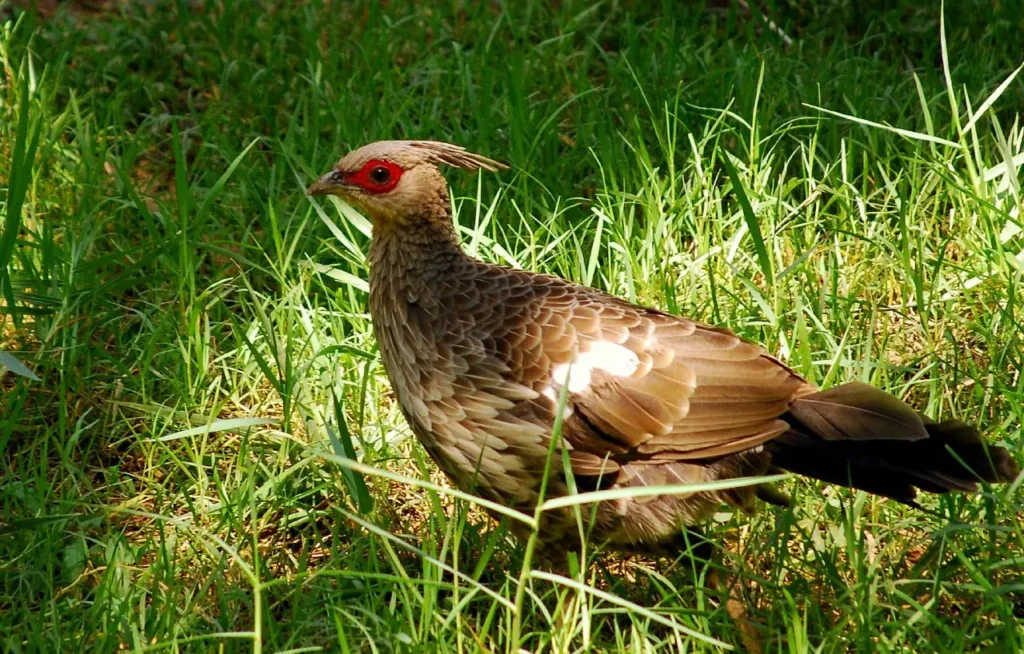

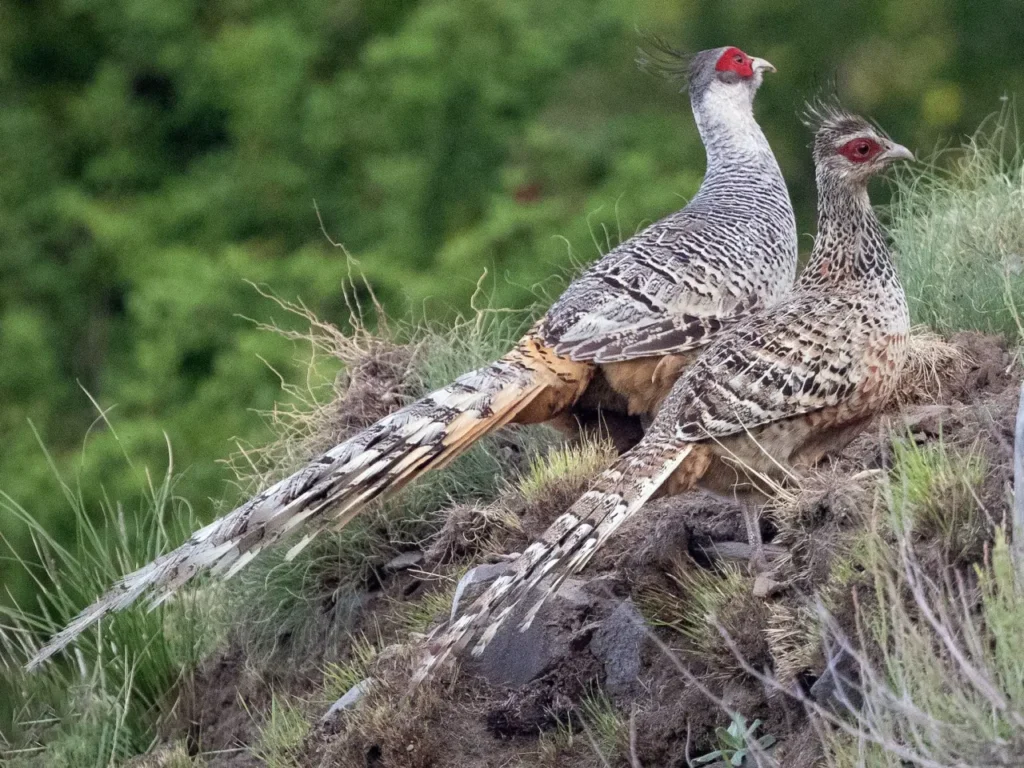
Appearance and Plumage
The Cheer Pheasant is a medium-sized bird, measuring around 60-70 centimeters (24-28 inches) in length, including its long tail. Males and females have distinctive appearances. The male is adorned with a resplendent plumage that includes a striking mix of colors. The upperparts are predominantly olive-brown with intricate black markings, while the breast and belly are a warm chestnut hue. The most eye-catching feature is its head, which showcases a stunning combination of iridescent blue, green, and purple shades. The male’s long tail feathers are marked with black and white bands, adding to its elegant appearance.
In contrast, the female’s plumage is more subdued, with a mottled pattern of browns and grays that provides effective camouflage among the vegetation.
Habitat and Range
The Cheer Pheasant is native to the western Himalayas, primarily found in the regions of India, Pakistan, and Afghanistan. It inhabits a diverse range of habitats, including temperate forests, grasslands, and steep hillsides at elevations ranging from 1,200 to 3,600 meters (4,000 to 12,000 feet) above sea level.
Behavior and Vocalizations
The Cheer Pheasant is generally a shy and elusive bird, preferring to spend much of its time on the ground, foraging for food among the undergrowth. It is an omnivorous bird, feeding on a variety of items, including seeds, fruits, insects, and small reptiles.
During the breeding season, the male Cheer Pheasant becomes more vocal and active, engaging in elaborate courtship displays to attract females. Its call is a melodious and far-carrying whistle, often described as “cheer, cheer, cheer,” from which the bird gets its common name.
Conservation Status
The Cheer Pheasant is currently listed as Vulnerable on the International Union for Conservation of Nature (IUCN) Red List. The species faces threats due to habitat loss and degradation caused by human activities, including deforestation, agricultural expansion, and overgrazing. Additionally, it is sometimes hunted for its beautiful plumage and as a food source in certain regions.
Conservation efforts are crucial to protect the Cheer Pheasant and its habitats. Initiatives such as establishing protected areas, promoting sustainable land use practices, and raising awareness about the importance of conserving this stunning bird and its ecosystem are vital steps toward ensuring its survival for future generations.
Conclusion
The Cheer Pheasant stands as a jewel of the Himalayas, captivating all who have the privilege of witnessing its radiant plumage and hearing its melodious calls. As a symbol of the region’s extraordinary biodiversity and natural beauty, this splendid bird reminds us of the value and importance of preserving these unique habitats and the creatures that call them home. By nurturing a deeper appreciation and understanding of the Cheer Pheasant and its fellow avian inhabitants, we contribute to the conservation of the Himalayan ecosystem, ensuring that this magnificent bird continues to grace the high-altitude landscapes with its beauty and song for generations to come.
